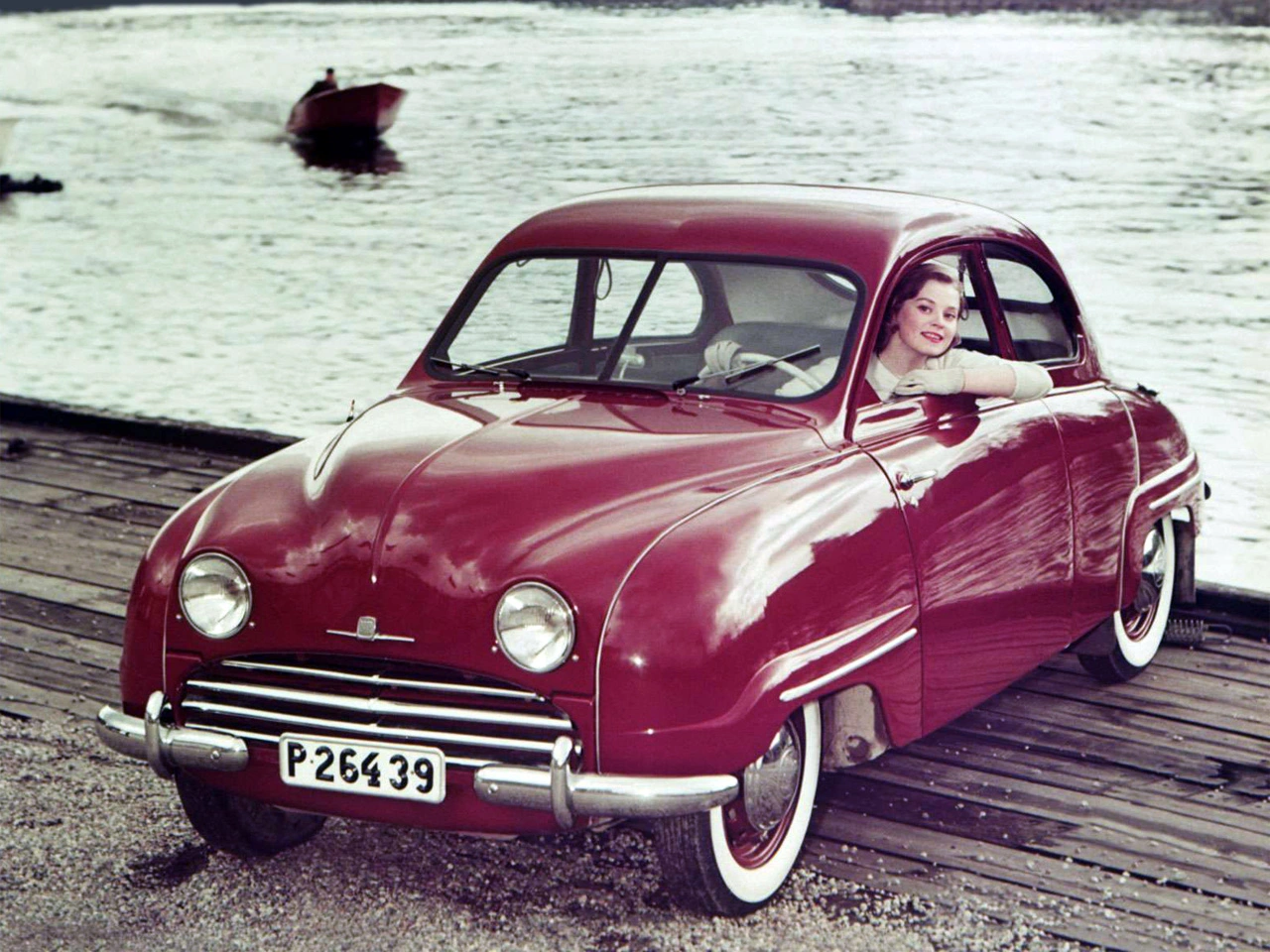The Nostalgia of Forgotten Gods: Saab, Sweden, 1945-2016
15 June 2024 2 min read 6 images

Photo credit: Saab, Wheelsage
The story of Saab begins as an airplane manufacturer in 1937 in Trollhättan, near Gothenburg, Sweden. Eight years later, a division of the company ventured into automobiles, leveraging their aeronautical expertise. The first prototype, called UrSaab, was presented in 1947, featuring advanced technical characteristics like a monocoque chassis, a drag coefficient of just 0.30 thanks to its teardrop shape and fully covered wheels. The 750cc 2-stroke twin-cylinder engine with 18 horsepower and the gearbox were sourced from DKW.
Register to unlock this article
Signing up is free and gives you access to hundreds of articles and additional benefits. See what’s included in your free membership. See what's included in your free membership.
Already have an account? Log In


